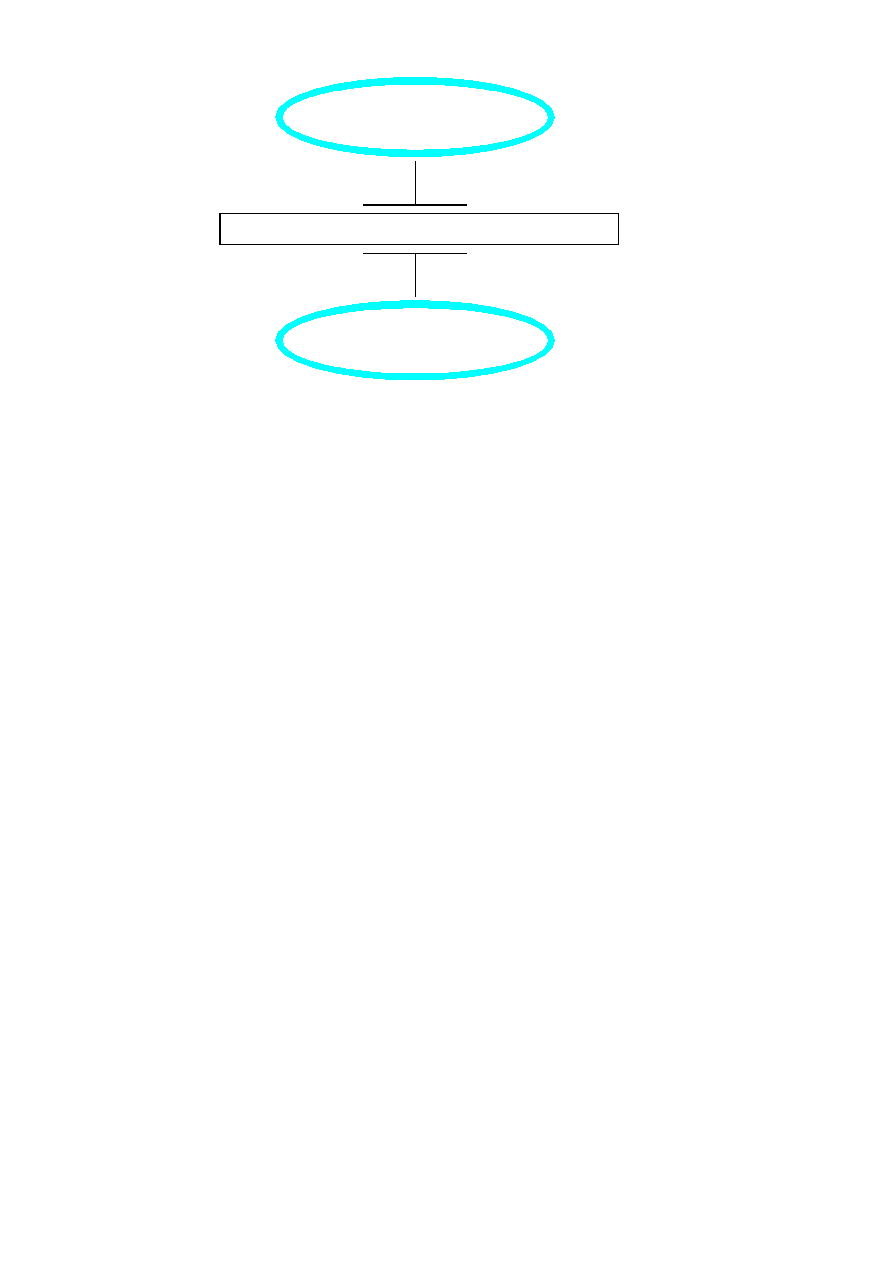
must be provided to a decoder to reconstruct that image. However, this Specification does not specify how applications
should associate tables with compressed image data, nor how they should represent source image data generally within
their specific environments.
included within compressed image data. An image compressed with a specified encoding process within
one application environment, A, is passed to a different environment, B, by means of the interchange format.
The interchange format does not specify a complete coded image representation. Application-dependent information,
e.g. colour space, is outside the scope of this Specification.
the discrete cosine transform (DCT) are lossy, thereby allowing substantial compression to be achieved while producing a
reconstructed image with high visual fidelity to the encoder's source image.
sufficient for many applications. There are additional DCT-based processes which extend the baseline sequential process
to a broader range of applications. In any decoder using extended DCT-based decoding processes, the baseline decoding
process is required to be present in order to provide a default decoding capability.
requiring lossless compression. These lossless encoding and decoding processes are used independently of any of the
DCT-based processes.
image being compressed, as well as on the picture quality desired by the application and the desired speed of compression
and decompression.